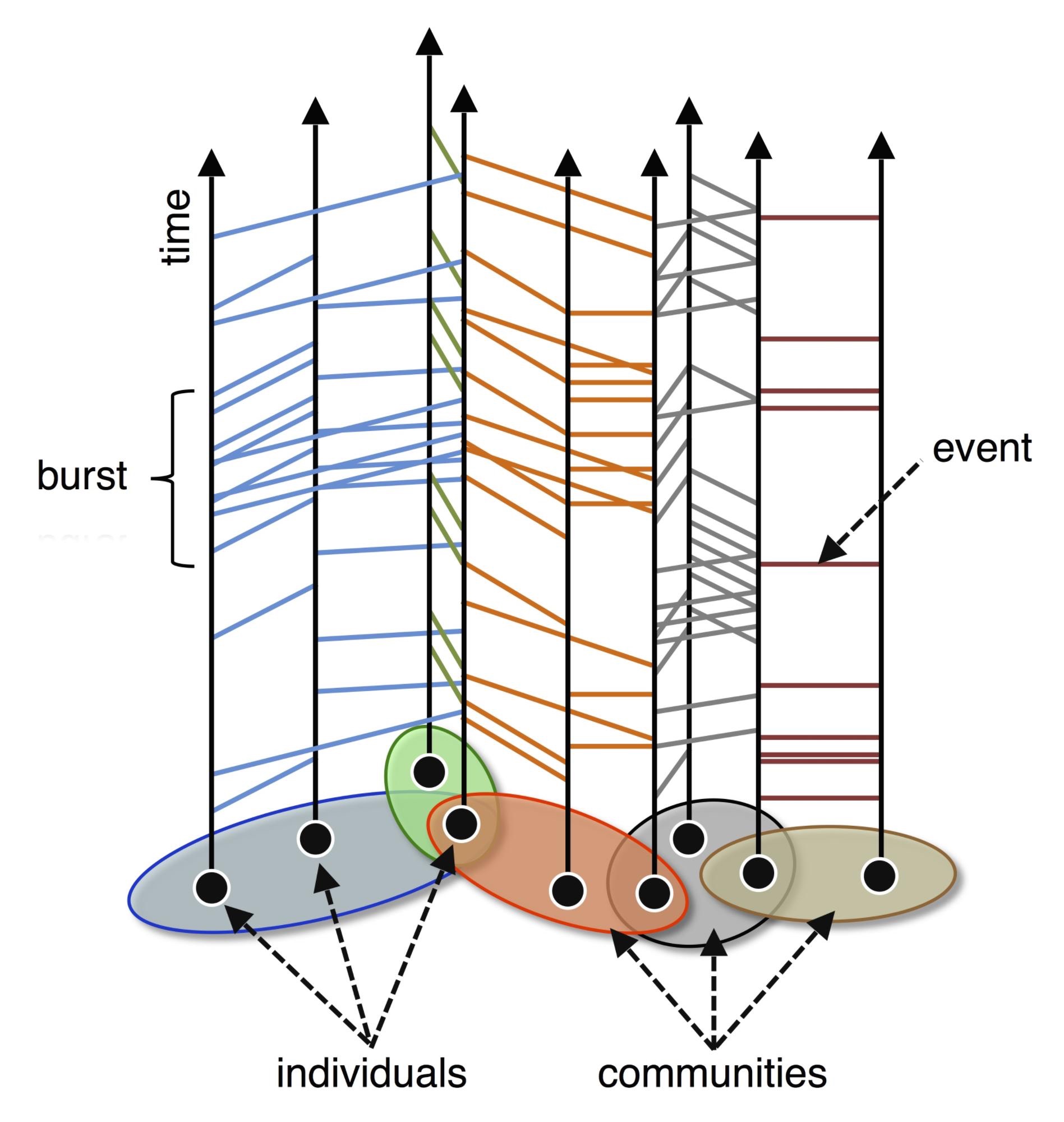* 작년 초에 내가 쓴 논문을 소개해준 글이 있어서 퍼왔다. (작년 여름쯤 구글링하다 발견했는데 문득 다시 생각이 났다.) 사회물리학에 관한 간단한 소개로도 좋은 글인 것 같다. [원문보기]
---
The Why Files | Science Matters, Tom Siegfried: Who says physics is boring?
2 FEBRUARY 2006
Physicists commonly embark on fantastic adventures, exploring the inner complexity of the atom, the vastness of the cosmos, even parallel universes or undiscovered dimensions of space and time.
Reports from the physics frontiers often offer an enjoyable escape from the humdrum life of the real world stuck here on Earth.
But doesn't physics have its dull side, the dry and mathematical description of dirt and dust, friction and fractures? True, the bulk of physics (and physicists) are concerned with the properties of bulk matter. In particular, physicists use the math known as statistical mechanics to describe how particles coagulate and conspire to generate the many mundane behaviors observed in the material world.
It turns out, though, that statistical physics isn't always as dreary as it sounds. The same math that describes the sponginess of sawdust or avalanches in sand piles can be applied to all sorts of collections of items in action, including people. So if you want to know how exciting physics really is, you need to read Physica A, a journal devoted to statistical mechanics and its real-life applications.
In an upcoming issue, for instance, Physica A will publish a new analysis of immunization strategies, viewing people as nodes in networks, kind of like Web pages or airports. Korean physicists viewed the spread of disease as transmission through one type of network, and analyzed disease prevention by vaccinating people in another sort of network. You need to analyze two kinds of networks, the physicists point out, because disease spreads through direct contact, whereas information (instructions to get immunized) can flow more rapidly without the need for physical proximity.
The physicists found that immunizations really can reduce potentially disastrous epidemics to small outbreaks. But prevention efforts can also, in some cases, work in the disease's favor.
"Prevention indeed turns periodic rages of an epidemic into small fluctuations, and in a certain situation, actually plays an adverse role and helps the disease survive," wrote Hang-Hyun Jo and colleagues from the Korea Advanced Institute of Science and Technology.
If you're worried more about money than health, you'll want to study a new paper by geophysicist Didier Sornette of UCLA to appear in the Feb. 15 issue of Physica A. That paper analyzes the U.S. housing market and concludes that yes, real estate prices are on a "bubble" (at least in the Northeast and West) that will not keep inflating forever. In fact, the analysis predicts that the bubble-growth will end in the middle of this year. (The paper was written last year and first appeared online last June.)
Does this mean that house prices will crash in mid-2006? Not necessarily, but you shouldn't count your profits yet if your house is still on the market. "The end of a bubble is the most probable time for a crash, but a crash can occur earlier (with low probability) or not at all," wrote Sornette and co-author Wei-Xing Zhou of East China University of Science and Technology in Shanghai.
If finance and math were not your favorite subjects, perhaps you were an English major, or even studied languages in general, marveling at the diversity of the planet's many tongues (all together, the Earth's peoples speak more than 6,000 languages). But you probably never thought to ask a physicist why so many languages co-exist. Turns out that statistical physics can yield the answer, or at least many physicists are trying to find it. In a paper also in the Feb. 15 issue, Brazilian physicists Vivian M. de Oliveira, Marcelo Gomes and Ing Ren Tsang report on the use of a computer program to simulate the spread of languages and their "mutations" into new ones. The simulations show that most languages really don't have a lot of power to spread into new regions.
"Languages do not have much facility to diffuse and remain essentially localized in linguistic niches," write the physicists, of the Universidade Federal de Pernambuco in Recife. When languages interact, only a few (with the highest "fitness") survive, supporting the concern that many of the planet's languages are in the process of disappearing. By some estimates, more than half the world's current languages will be extinct sometime in the next century.
Of course, maybe you hated language classes in school and prefer just to use your language abilities to gossip. In that case, you'd should know the physics of how opinions spread, as analyzed by Polish physicists Andrzej Grabowski and Robert Kosinski. red and green fish illustrationTheir paper provides a new analysis of opinion spread with special attention to the way "the mass media can provoke critical rebuilding of opinions in the population."
Or maybe you hate talking to other people and would rather just go fishing. If so, perhaps you'd be more successful if you understood the behavior of schools of fish, as physicists from the University of Liege in Belgium describe in a paper also to appear soon in Physica A.
By now you probably wonder why all this exciting physics news seldom gets reported in the mainstream media. Maybe it's because many mainstream physicists think stuff like this is a waste of time, that it's not "real" physics or something. Of course, it's physicists like that that give their subject the reputation of being so boring to begin with.
E-mail: tsiegfried@nasw.org
©2007, University of Wisconsin, Board of Regents.

